The Handbook of Pairs Trading: Strategies Using Equities, Options, and Futures
$25.69
| Author(s) | |
|---|---|
| Format |
|
| Pages |
271 |
| Publication Year |
2006 |
In The Handbook of Pairs Trading, Douglas Ehrman covers pairs trading involving stocks, options on stocks, and futures contracts, and explains how this type of trading allows you to profit from the changing price relationship of securities. In addition to a comprehensive discussion of the theories involved, he also includes practical examples that will to help you put what you’ve learned into practice. You will learn both the theory and practice of pairs trading, why it is consistently profitable, and how you can apply the strategies in your own trading with this valuable guide.
Introduction:
This work is divided into five distinct parts. The first four explore the elements that make up the trading of equity pairs and the requisite skills that accompany that endeavor. The final part introduces alternative applications of the theory to alternate security types including options, futures, and currencies. This part also takes the reader step-by-step through a series of trade examples across the various asset classes to both highlight the nuances of each and solidify the reader’s understanding of the theory. The discussion of each topic, equities and advanced strategies, is designed to serve a specific purpose and, in a sense, be able to stand alone. Collectively, however, this work should serve the reader as a comprehensive resource for all of the various types of pairs trading.
The first four parts of this book explore pairs trading from a variety of angles, each with the goal of both illustrating the general tenets of the strategy and presenting one particular approach that the author believes to be superior to others. Toward that end, each section consists of two approaches. The first outlines the general principles that govern the strategy; this will allow those readers who wish to develop their own systems to apply the concepts as appropriate to their ultimate end.
The second provides specific instructions about how to trade pairs of equities following the guidelines that the author believes are critical to portfolio optimization. It is important to acknowledge that no two traders will ever agree fully on the best way to manage a portfolio, and no one is suggesting that the methods favored in this book are final or foolproof words on the subject. What can be said with confidence is that when readers come to the end of these pages, they will not only be familiar with the concepts behind pairs trading but will also have a concrete approach from which to build their individual methodology.
The final part of this book explores the application of the Unified Pairs Trading Theory to alternate asset classes and securities types. While pairs trading is easiest to understand when considering equities, the addition of options, futures, and currencies gives a trader an expanded collection of tools by which to manage his portfolio. Readers are again cautioned to keep in mind that this book is not attempting to be a comprehensive tool for understanding option theory, futures trading or the currency markets. The aim is to set forth simply the building blocks that go into understanding pairs trading.
Many sections may be redundant for experienced traders; anyone who understands the underlying topic of discussion may wish to skip ahead and focus on only the second part of each section where specific theory and application are discussed. Others may feel that too much of a knowledge base is assumed on the part of the author as they approach pairs trading. These readers are urged to explore other sources of reference to expand their understanding of the underlying subject matter. The goal here, again, is to find a middle ground that will prevent the beginner from getting lost and the experienced trader from becoming bored. As this investigation proceeds, each concept builds upon the last with the assumption that the preceding principles have been well understood. It is assumed that the reader has a working understanding of equity pairs trading as each new security type is introduced.
Contents:
- Pairs Trading: A Brief History
- Market Neutrality
- The Market-Neutral Investment Process
- Market Neutrality and Pairs Trading
- Arbitrage Factors
- Arbitrage and Pairs Trading
- Technical Tools and Indicators
- The Technicals of Pairs Trading
- Reviewing the Elements
- Trading Pairs Fundamentally
- The Technical Approach
- The Overlays
- The Unified Pairs Trading Theory
- Options Basics: Terms and Strategies
- Pairs Trading with Options
- Futures and Currencies
- Trade Examples
The Handbook of Pairs Trading: Strategies Using Equities, Options, and Futures By Douglas S. Ehrman pdf
9 reviews for The Handbook of Pairs Trading: Strategies Using Equities, Options, and Futures
Clear filtersOnly logged in customers who have purchased this product may leave a review.

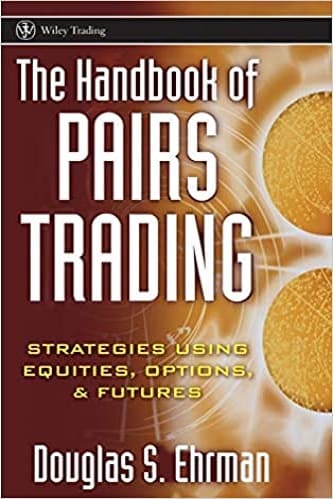
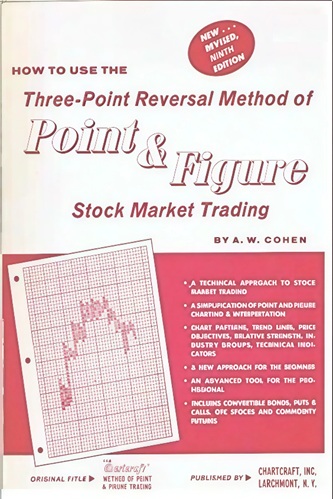

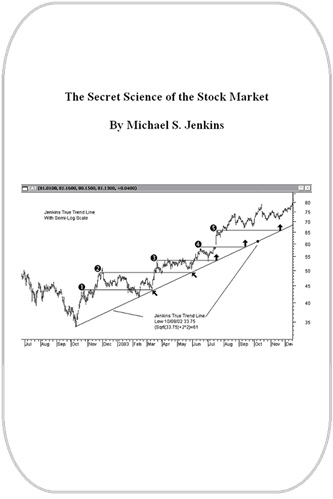
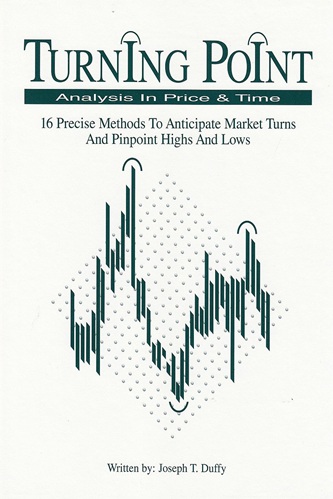
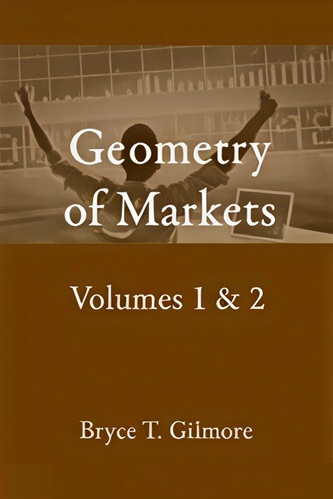
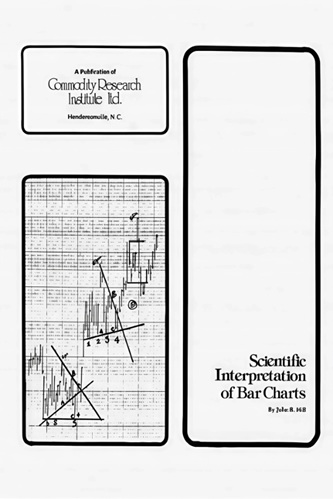
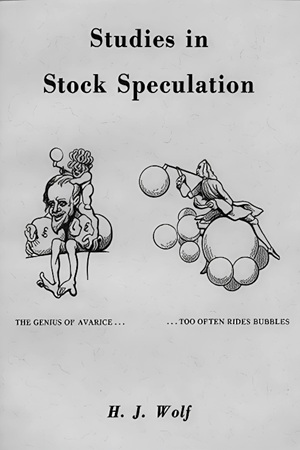

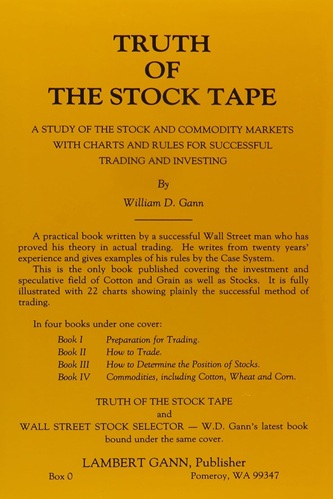
Emmitt Kerr (verified owner) –
When I first saw this book I was sceptical, but bought it anyway. I am so glad I did because it has unlocked for me a way to trade that consistently makes me money. I am a doctor and don’t have a background in finance. This book was easy to follow and taught me how to approach the market. Since reading the book, I am finally making profitable trades; I’d be lost without it. Thanks…
Baylee McGee (verified owner) –
This Book is very superficial. Does not contain any useful and practical information. It’s an art to write so many pages without saying anything! A real waste of money.
Esther Guevara (verified owner) –
This book was recommended to me by a friend who knew that I was going to use it to trade myself. I liked the idea of pairs trading and needed some help. Unlike one of the earlier reviewers, I found other pairs books either way too technical or just hard to follow. That was not the case with this book. It walks through enough basics to be helpful, but not too much, and then gives a solid approach that I have been able to successfully apply.
I found Ehrman’s writing style very easy to follow and clean. It has made a big difference in my trading already. As to the author’s fame (as mentioned by an earlier reviewer), he is a practicioner of his method. While PairsTrading.com no longer exists, it merged and is now PairTrader.com. There newsletters are very helpful and have helped to improve my trading as well. Anyway, hope this helps perspective buyers, particularly in light of some of the nay-sayers.
Kamiyah McCormick (verified owner) –
For the first revier, who claims to apply wavelet and SDP that is not an invention since you can buy the code for Trade Station . Also Alchemy Research products for tradestation, have pairs trading that you can also copy and claim that you invented it.
Tommy Moss (verified owner) –
While I read this book several years ago, I recently visited sacredtraders and was shocked to see some of the negative reviews. While each of the negative reviews were lacking in thought, many seemed like personal attacks rather than thoughtful reviews. It is true that this book is not designed for quants, it is a great review of a successful trading strategy that has provided me with consistent profits for many years.
One reviewer refers to the “now extinct” website, but fails to mention that the website was acquired by a competitor. Again, the sense seems to be to disparage rather than provide constructive information. While I certainly am not a market maven, I know that my results have been consistent and positive. I would recommend this book to anyone who wishes to become proficient in a direct and successful style of trading.
Paxton Vu (verified owner) –
The book “The Handbook of Pairs Trading” is innacurate, incomplete, vauge, poorly written, and ultimately fails to define a pairs trading strategy. The first three chapters are a bad summary of fundamental analysis, technical analysis, market-neutral invsting, and arbitrage. The author then presents his “Unified Theory”, where he begins, “The pairs trading investment strategy is comprised of three central elements: the market-neutral element, the arbitrage element, and the technical analysis element”. He then proceeds with Chapter 9, titled “Reviewing the Elements”, which is unbelievably, an even-worse summary of the preceeding 8 chapters. The final section of the book, “Advanced Strategies and Examples”, still fails to present a strategy for pairs selection or trading. Instead, it presents more tertiary review of basic finance knowledge, such as “The purchase of call option is the most basic strategy in options trading”. This book is full of filler; yet another worthless volume in the long line of so-called finance books published by John Wiley and Sons.
It is amazing to me that that the same company can at the same time publish a book like “Pairs Trading”, by Ganapathy Vidyamurthy. I consider Vidyamurthy’s book the best published texts on pairs trading. Unlike Erhman’s book, Vidyamurthy’s started as a PhD thesis. Readers without a quantitative or scientific background will not find Vidyamurthy’s book helpful. However, as pairs trading is inherently a quantitative strategy, the book is well suited to the target audience and is an excellent introductory text on the subject.
Bianca Tyler (verified owner) –
I found the text poorly written: Repetitious; overly general on basic trade methodology; then not enough specifics regarding pairs trading. Math formulas were given without sufficient explanation or application, as if the author was just filling space with them (and the fonts used for the math was amateurish and not up to math text typographic standards — in some cases even making them difficult to read). I was quite shocked at the overall low quality of the book. John Wiley trade texts are often of uneven quality I’m finding, even though the publishing house is thought to have a good reputation.
Finley Melton (verified owner) –
Good Introductory book to Pair Trading
Kimora May (verified owner) –
Overall, a general description of pairs trading. Did not consider the technical analysis/indicators material as valuable. But did consider the explanation of options to be important